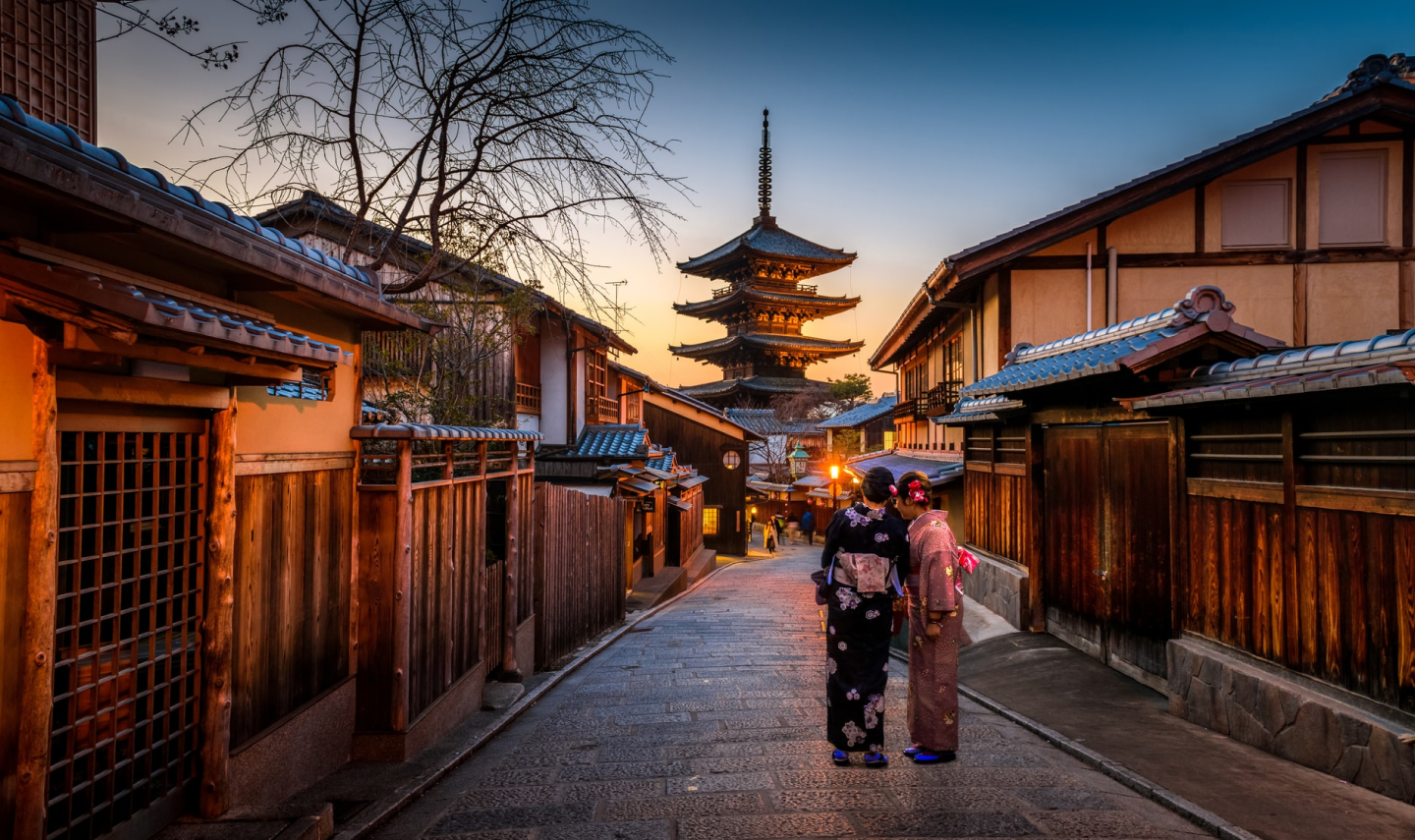Paro Travel Guide - Getting to know Paro, Bhutan
Flights descend fearlessly through Himalayan peaks - look to your left on a clear day and you might see Everest. The aircraft emerges over a wide, fertile valley, carved in two by the broad Paro Chhu river. Below you lie rice paddies, tiny villages, and forests of blue pine. And there on the riverbank, lies Paro, the gateway to Bhutan’s hidden Himalayan paradise.
Paro, Bhutan
You’ll encounter the occasional trace of modernity in Paro, such as your guide’s smartphone and snazzy trainers, or the cafes serving Western-style coffee. But for the most part this quaint historic town happily conforms to the impression of Bhutan as a world apart. It seems virtually untouched by the 21st, or even the 20th century.
On the short drive from the international airport, the only one in Bhutan, the first thing you’ll notice is that almost everyone wears the national dress. Long kimono-style robes printed with vibrant patterns for women, kilt-like outfits for the men. Entering town, colourfully painted buildings line a trim main street, which bustles with workshops where you can haggle for traditional handicrafts.
Paro has a magnetic charm to it, but we encourage you to break free and explore further afield. An old wooden bridge spans the river, from where you climb a steep hillside to reach the impressive Rinpung Dzong. To the north of the valley meanwhile, high atop a sheer cliff, the atmospheric Taktsang Goemba (Tiger’s Nest) monastery is Paro’s undisputed must-see.
Visitors are more than welcome to spin the prayer wheels at most dzongs and chortens in Bhutan. It’s important to dress conservatively, removing hats and shoes, and to always walk around in a clockwise direction.
What to do in Paro
Its name means ‘Fortress on a Heap of Jewels’, but perhaps the greatest treasure of the Rinpung Dzong is the panorama over the valley from its fortress-like walls. Outside there is a flat section of ground where during the annual tsechu, a religious festival, masked monks spin joyfully to the beat of drums. Their efforts are wildly applauded by visitors from neighbouring villages.
Walking the trail up to the Tiger’s Nest complex is challenging due to the altitude, but the slow pace leaves you with plenty of time to soak up the magnificent views. Buddhist legend has it that this immensely sacred monastery was founded by Guru Rinpoche, who flew in over the mountains aboard a mystical tigress. Incense and ritual chanting fill the air in shrines and meditation caves, where the monks will ensure you are thoroughly blessed.
Around Paro
For more - yes, more - spectacular views of Paro Valley, a short drive beyond Rinpung Dzong brings you to a lighthouse-like structure. The building was once a watchtower, and now accommodates the National Museum. Thick, round walls protect collections of fierce-looking festival masks, historic weaponry and thangkas - scroll cloths painted with natural pigments to depict various deities and legends.
Elderly pilgrims wander around, turning prayer wheels in an appealingly tranquil setting at the Kyichu Lhakhang. This is one of Bhutan’s oldest temples. It was built in the 7th century by a Tibetan emperor - either to calm a tempestuous border or pin down a troublesome ogre, depending on which story you believe.
Not far from the dzong, heading out towards the airport, there is a covered bridge sheltered by tall cypress trees. This is a favoured local picnicking spot, and from time to time you may encounter groups of men practising their bow skills hereabouts. The Bhutanese national sport is archery, and these guys would put Robin Hood to shame.
Speak to one of our
Concierge specialists

Start planning your tailor-made trip by contacting one of our Concierge specialists
Map of Paro
Places on the map
-
Paro
-
Thimphu
-
Punakha
-
Phobjikha Valley
-
Bumthang












